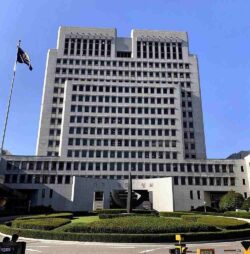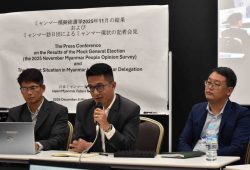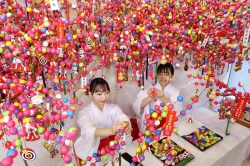Uighur Culture Being Erased as Beijing Tightens Grip on Xinjiang, 15 Years After Urumqi Riots
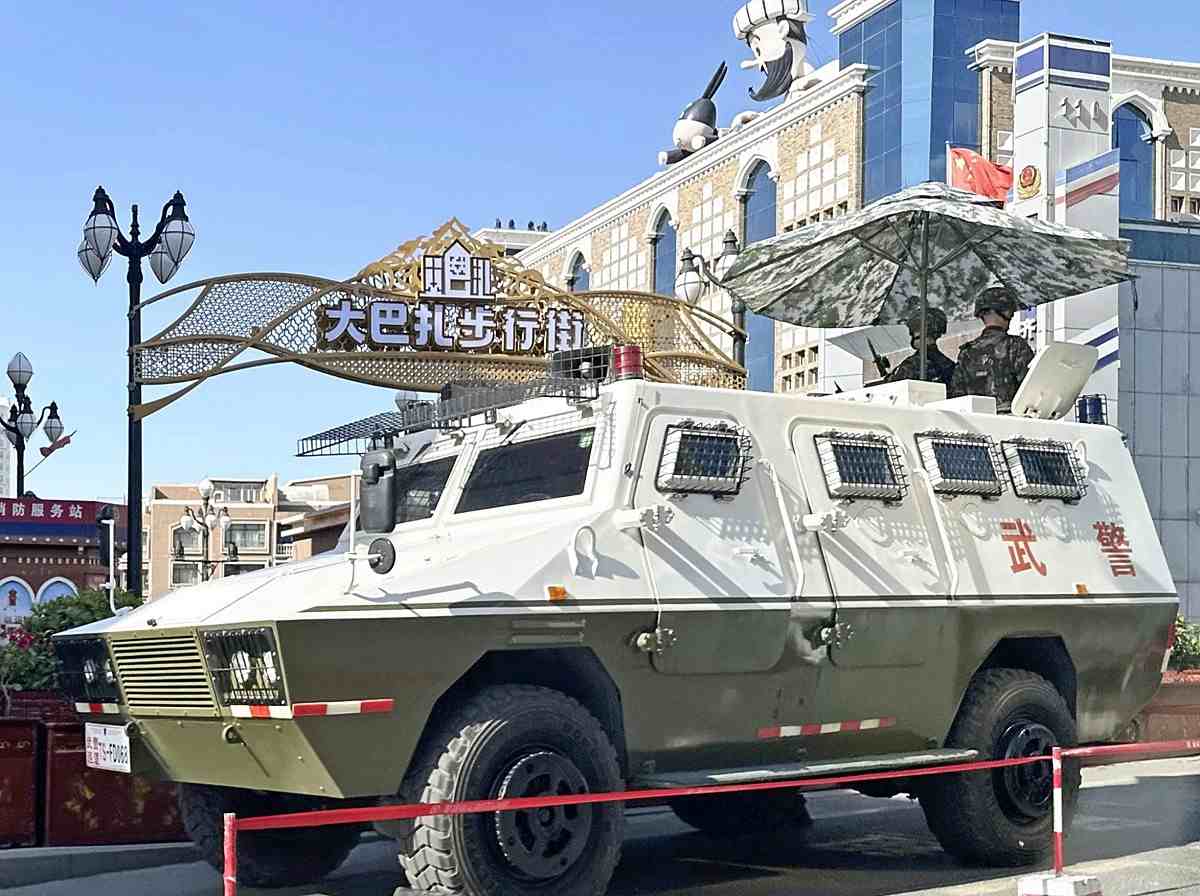
Armed personnel stand guard from an armored vehicle at the entrance of a bazaar in Urumqi, Xinjiang Uygur Autonomous Region, in early June.
1:00 JST, July 6, 2024
URUMQI, Xinjiang Uygur Autonomous Region — Friday marked 15 years since deadly riots involving Han Chinese and the Uighur ethnic minority in Urumqi, the capital of the Xinjiang Uygur Autonomous Region in western China.
In late June 2009, Uighur and Han laborers clashed at a toy factory in Guangdong Province, thousands of kilometers away in southeastern China, in an incident that left two Uighurs dead. When Urumqi residents protested on July 5, demanding to know the truth behind the incident, some of them clashed with police. According to Chinese authorities, 197 people died in the ensuing riots and at least 1,700 were injured.
Today, on the pretext of combatting terrorism, the Chinese Communist Party continues to tighten its grip over the region despite U.S. and European criticism that Uighurs are being used for forced labor. As a result of China’s policy, the unique culture and customs of Uighurs are being erased.
Vast cotton fields could be seen on both sides of the road about one hour’s drive west from Urumqi. As the stifling heat blazed down one day in early June, Uighur men wearing straw hats silently toiled away in the fields.
After driving for about another hour, I arrived in Shihezi. This city is a major base of operations for the Xinjiang Production and Construction Corps, a paramilitary organization responsible for defending remote regions and bringing land under cultivation. The corps was established in 1954 as an organization of farmer-soldiers predominantly of Han ethnicity, and Han Chinese now account for about 90% of Shihezi’s population.
Cotton has become one of the corps’ most important industries. However, the United States blocked imports of cotton from the region in 2021 due to concerns that Uighurs placed in mass internment camps were being mobilized for cotton production. In the name of alleviating poverty, the administration of Chinese President Xi Jinping has promoted labor transfers in which Uighurs were moved to work as laborers, and some reportedly are engaged in such agricultural work as picking cotton.
A report released in February by The Jamestown Foundation, a U.S. research institute, said that authorities in the autonomous region were taking away farmland from Uighur smallholders and that “surplus laborers” were being transferred. The report also stated that forced labor had become “less visible” and “institutionalized.”
A museum in central Shihezi that showcases the corps does not mention of the situation surrounding these labor transfers. The museum is filled with exhibits trumpeting the region’s development and declares that the corps established cotton spinning factories and achieved great advances. Although the exhibition touches on “harmony” between the Han and Uighurs, visitors to the museum were mostly Han. Not a single Uighur could be seen.
Village names changed
Assimilation policies are moving forward in remote parts of the autonomous region. During a visit to Kashgar in the western part of the region in early June, a large, celebrated bazaar had been surrounded by a fence and its Islamic-style signs had been removed.
In 2022, authorities announced the bazaar would be relocated because the facility had become dilapidated. Even today, heavy machinery is still busily demolishing what remains.
“I’ve shopped at this place for many years,” a Uighur man said. “It’s such a pity.”
The Chinese flag whips in the breeze above the famous Id Kah Mosque in Kashgar. Many Han tourists were around the mosque, which no longer has an air of religious solemnity.
Beijing, concerned that terrorists from Afghanistan or elsewhere might infiltrate the country, has strengthened policies like these in the remote regions. There is smoldering discontent with the oppressions in places such as Kashgar, where Uighurs make up about 80% of the population. The central government remains highly vigilant due to concerns that the remote regions could become hotbeds for terrorist organizations.
In June, the international human rights organization Human Rights Watch announced that the names of about 630 villages in the autonomous region had been changed by authorities since 2017 to reflect government propaganda. One such new name is Unity. The majority of these affected villages are in Kashgar and other districts, which are home to many Uighurs. The original names had religious or cultural meanings to Uighurs and, according to Human Rights Watch, the changes are part of a broader Chinese government effort to “erase culture and religious expressions” of Uighurs.
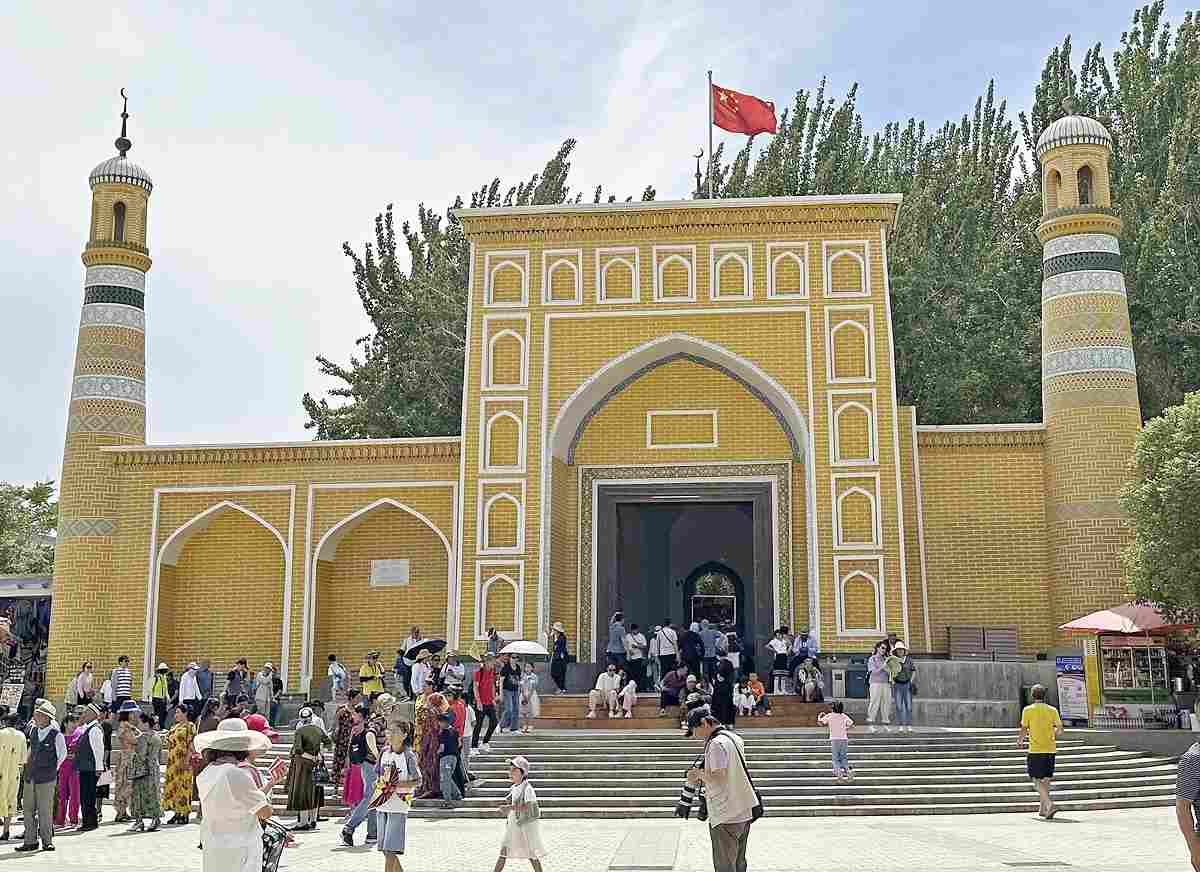
Han Chinese tourists flock to Id Kah Mosque in Kashgar, Xinjiang Uygur Autonomous Region, in early June
"World" POPULAR ARTICLE
-

8 Japanese Nationals Stranded on Indonesia’s Sumatra Island
-
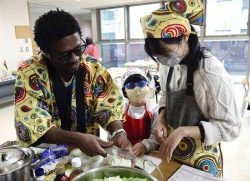
Mozambican Cooking Class Held in Matsuyama, Ehime Pref.; Participants Don Aprons, Bandanas Made from Traditional Mozambique Fabric
-

China to Impose Sanctions on Shigeru Iwasaki, Former Head of Japan’s Self-Defense Forces, Who Serves as Adviser to Taiwan’s Executive Branch
-

China Steps Up ‘Wolf Warrior’ Diplomacy Against Japan, Hurling Accusation About Plutonium Stockpile
-

U.S. Senate Resolution Backs Japan, Condemns China’s Pressure
JN ACCESS RANKING
-

Keidanren Chairman Yoshinobu Tsutsui Visits Kashiwazaki-Kariwa Nuclear Power Plant; Inspects New Emergency Safety System
-

Imports of Rare Earths from China Facing Delays, May Be Caused by Deterioration of Japan-China Relations
-

University of Tokyo Professor Discusses Japanese Economic Security in Interview Ahead of Forum
-

Japan Pulls out of Vietnam Nuclear Project, Complicating Hanoi’s Power Plans
-

Govt Aims to Expand NISA Program Lineup, Abolish Age Restriction



